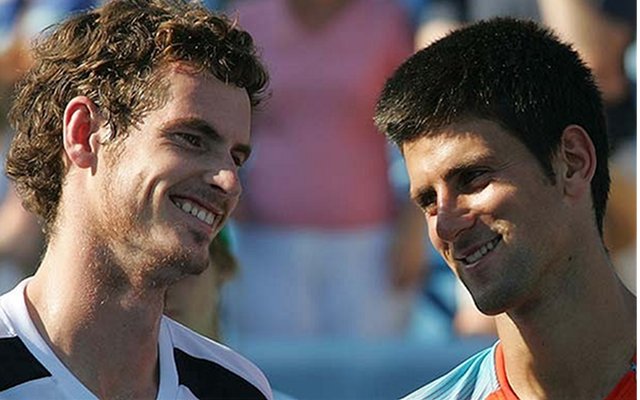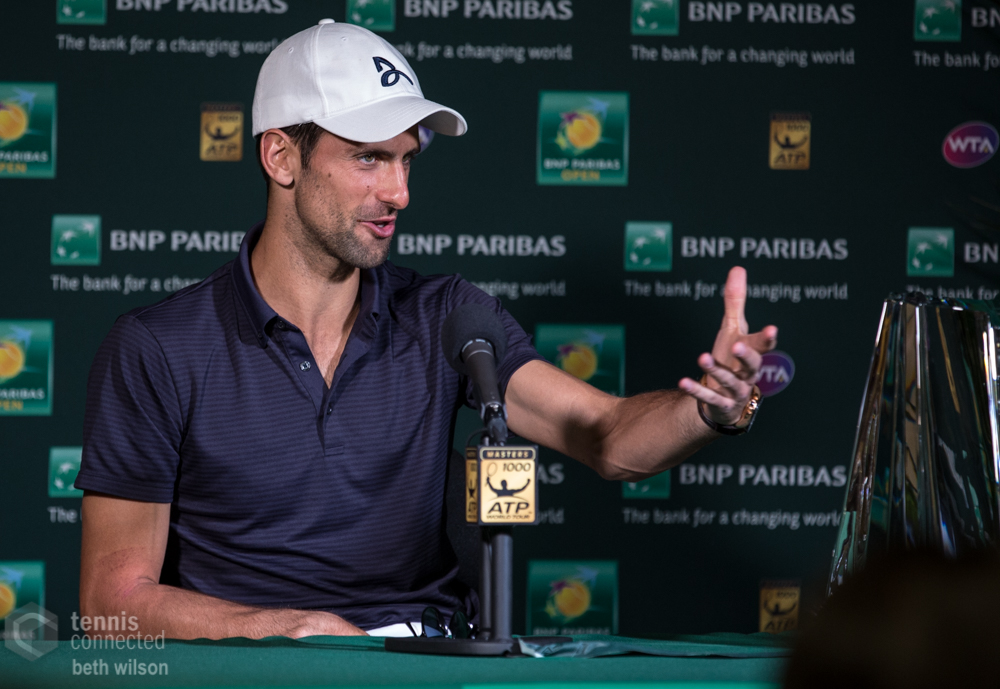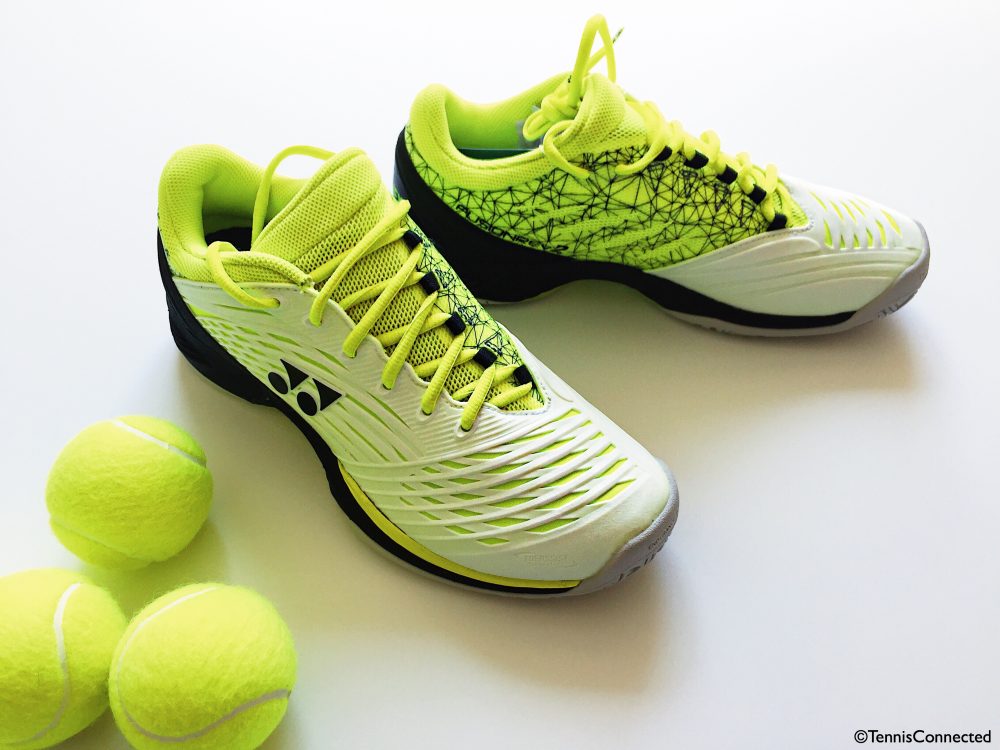If the success of Rafael Nadal and Roger Federer in 2017 has taught us anything, it’s that age is just a number – if the slide of Andy Murray and Novak Djokovic has taught us anything, it’s that that number still matters.
With Djokovic turning 30 today – a week after Murray – now is as good a time as any to ask the question: what does it mean to be 30 on the ATP Tour in 2017? The answer, as with most things in life, is a bit of a mixed bag.
The problem is, much of our perceptions of over-30 players have been coloured in recent years by the general shift of the top 100 towards the old guys, but what constitutes success for the Julien Benneteaus of the world isn’t always applicable to players of a higher calibre. There’s no denying 2010 has been a great decade for 30+ players – 42 30-year-olds currently occupy the top 100, compared to a (year-end) high of 16 in 2008/09 for the previous decade – but while that bodes well for their general baseline of performance it doesn’t take into account how that milestone applies to fellow all-timers. Only one legend: Roy Emerson, has achieved a major haul in his 30s equal to what he accomplished previously, and more recent times have proven just how unsustainable maintaining a similar level is – just look at their contemporaries, Federer and Nadal.

In fact compared to Federer and Nadal, Djokovic and Murray have already done brilliantly to prolong the primes of their careers, given this discussion has only really occured since they turned 29. Federer’s decline started in earnest as a 28-year-old in 2010, immediately after his 16th major title in Australia with early ousters in IW and Miami, followed by quarterfinal upsets at Roland Garros and Wimbledon, and a hard-to-swallow loss to Djokovic in the US Open semis. Sure, he won titles in Cincinnati, Basel and at the World Tour Finals, but it was clear something had changed – to the point that by the time he turned 30 in August 2011, we were openly wondering if he’d ever win a slam again (ring any bells?), and he’s only won two since.
And while Nadal obviously doesn’t have quite the same post-30 sample-size to dissect, his shift away from dominance began at almost the same age as Federer’s. The 2014 French Open was his last major title, five days after his 28th birthday, with the subsequent downswing being particularly dramatic. A R16 loss to a pre-villain-status Nick Kyrgios at Wimbledon, a wrist injury that kept him off the American hardcourts, and a pair of 500-level quarterfinals was all he could muster in the rest of 2014, and it’s taken him well over two years to dig himself out of that trough.
So in that context, what the birthday boys are experiencing right now isn’t unheard of. What would be shocking is if they never string a run of strong performances together again, but we’re a long ways away from knowing whether that will occur. This past week in Rome has shown flashes of the old Djokovic, and Murray too will have his day, even if it’s not always when we’ve come to expect it. As long as motivation and health aren’t issues, the tour has proven a happy hunting ground for 30-year-olds – that is, as long as they can content themselves with a little less good, and a little more bad.
















